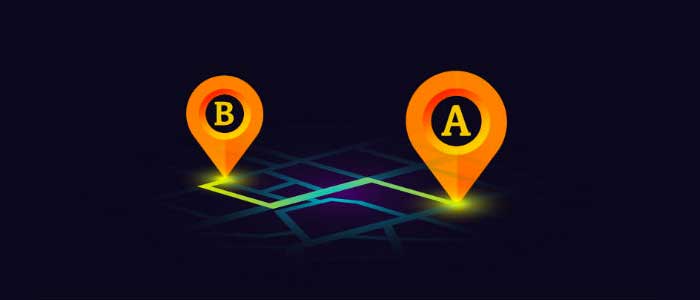In logistics departments, planning; examining procedures and processes to find better ways to positively impact the bottom line of your business can be very challenging. When business is booming, fleet managements are usually forced to react to growth, this means in many cases, squeezing their current resources to meet the new needs. Why not use this time looking for new ways to improve the way you manage your fleets?
The concept of “routes optimizers”, is growing in popularity in developed markets, as it allows businesses to increase their productivity, and also significantly improves the level of service to its customers, all at a lower cost.
When it comes to the logistics management of large or small fleets, there are unfortunately a lot of opportunities for waste. With so many complex variables to take into account such as inventory, work orders, scheduling, fuel management, billing, fleet tracking services etc, continuing to do this process manually can result in serious downtime, which can greatly impact your profit margin.
Route optimization is done through mathematical algorithms with software that improve a company’s routing efficiency while saving on bottom-line costs that include fuel, equipment, maintenance, and labor. The process involves finding the shortest route with the fewest vehicles while still delivering quality service to the customer.
A defined route optimizer finds the optimum delivery sequence that minimizes distance traveled, so you can save up to 30% in transportation costs, mainly due to reductions in vehicle routes. The return on investment is really remarkable.
How does the route optimization process work?
First, you need to look at the facts of your fleet. Here are 3 main questions to ask yourself
1. How many vehicles are you using and what is their maximum truck load capacity?
2. Do you have all the exact addresses of your customers (delivery points)?
3. Do you have specific delivery time windows or are there no restrictions?
Other details you want to look into are:
1. Number of working hours for each driver
2. Customer service time (time you spend in dispatching)
4. Time it takes to load trucks (e.g. if more than once a day)
Once you load this information, the software delivers the shortest route, the sequence of deliveries, estimated arrival time at each point and all relevant information regarding the purchase orders.
With this information, a company has 3 major benefits:
1. Saving money
2. Gaining time (which may be used for other activities, other than route planning)
3. More satisfied customers
I would love to hear your thoughts on this. Let me know by leaving a comment below.



